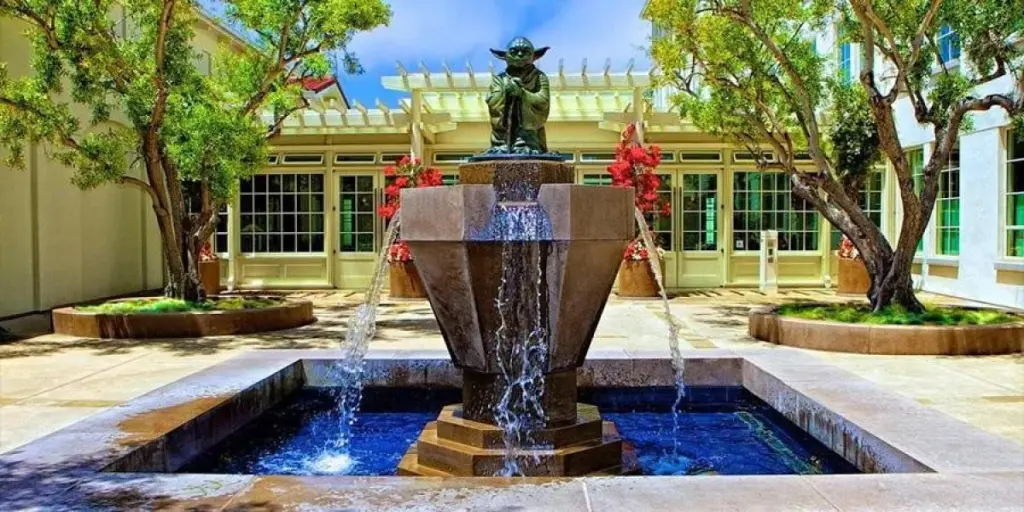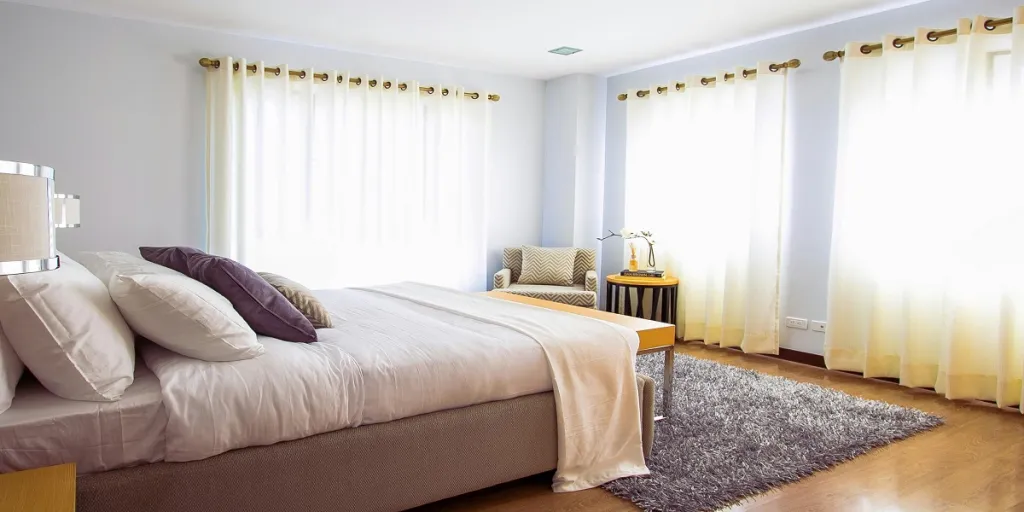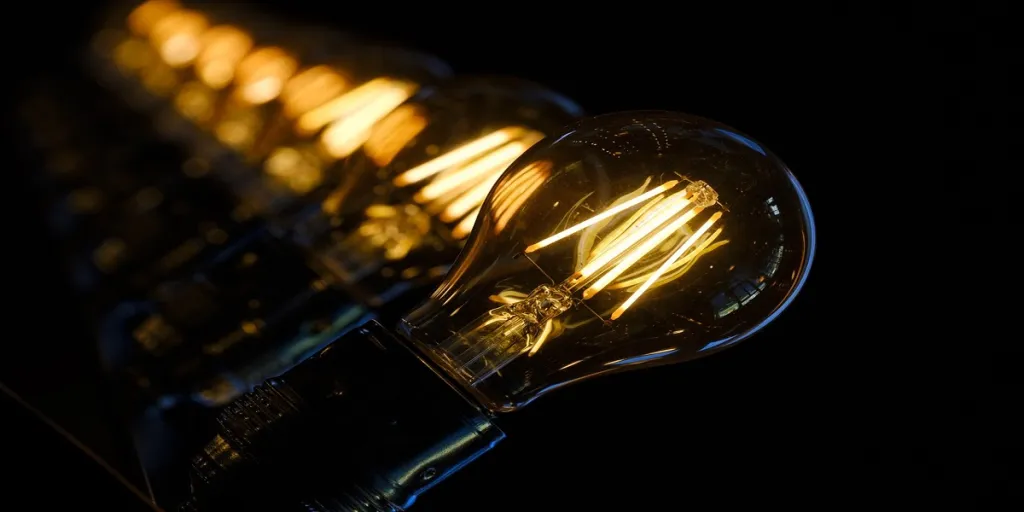It’s no secret that fountains can be an attractive focal point for landscape designs. They can offer tranquil privacy and a functional element that catches the eye and pulls passers-by. As more people realize this, they’re starting to appreciate the practicality of fountains in their gardens and homes.
However, selecting a fabulous fountain can be challenging. Many homeowners or businesses want fountains that speak to their personality and style while still having the right size, shape, and material.
So for those interested in catering to this growing market, here are some fabulous fountain selection tips to help you find the right one for your customers!
Table of Contents
Market share and demand for fountains
6 tips for selecting fabulous fountains
Market share and demand for fountains
The market for fountains is booming. As of 2020, the global outdoor fountain market was worth US $1.103 billion, and according to the forecasts, this figure is projected to reach US $1.464 billion by 2027, at a compounded annual growth rate (CAGR) of 4.1%. The growth is partly due to people wanting to add a little greenery and beauty to their homes.
For those who enjoy garden time or just enjoy some peace on a hot day, fountains provide exciting sources of water recreation.
6 tips for fabulous fountain selection
To find a fountain that complements an environment, it’s important to consider the style and choose a suitable aesthetic design. Some fountains come in ornate styles, while others are sleek and modern. With this in mind, key things to consider when choosing a fountain can include, but are not limited to, the following:
1. Design and style
Hand-carved garden fountains
Hand-carved garden fountains can be found in various styles and designs, both traditional and contemporary. These fountains are made from concrete, stones, or other materials carved or shaped by hand.
Whether built as simple water features or elaborately carved works of art, hand-carving remains one of the most notable unique fountain designs.
Indoor fountains
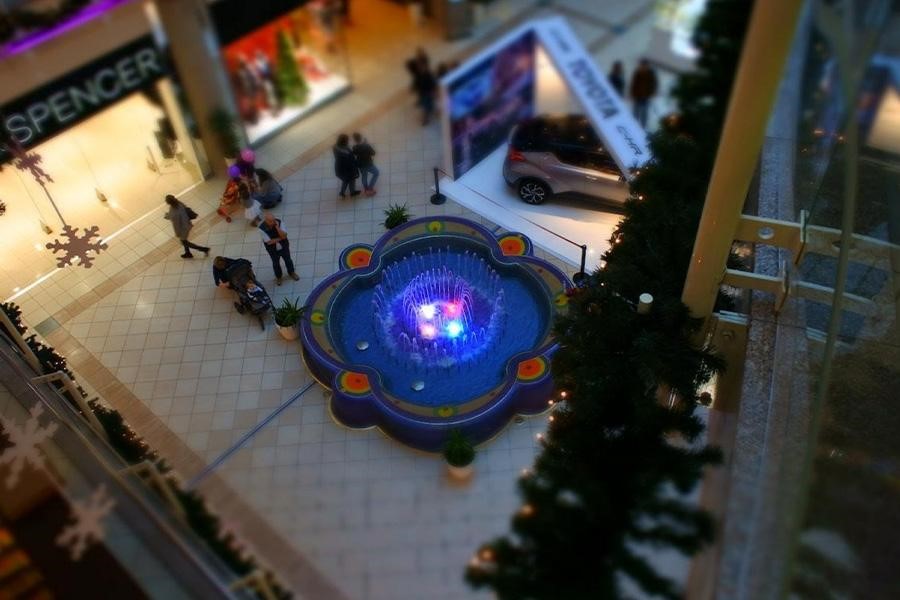
Whether wanting to add beauty and function to a home office or seeking an accent piece for your living area, an indoor fountain can be a perfect choice.
A garden indoor rolling ball fountain stone is one of the most popular decorative water features. It uses the rolling motion of water balls to create a soothing environment. It’s ideal for use indoors or outdoors and can be placed on a deck or patio.
They have several customization features, such as LED lighting that lightens the mood and soothing sounds for relaxation.
Outdoor fountains
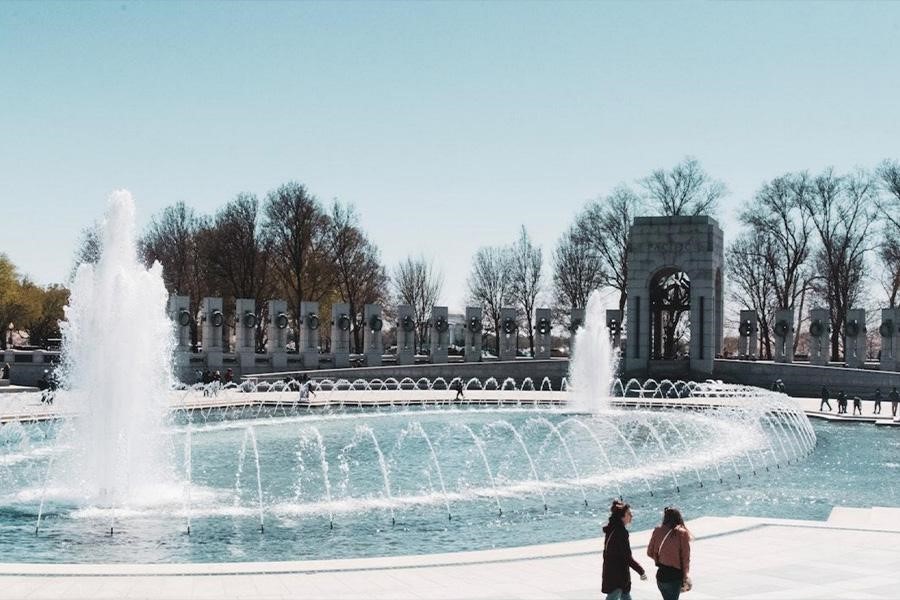
When you see an outdoor fountain, the first thing that probably comes to mind is its beauty. Many of these fountains’ intricate carvings and waterfalls are simply stunning sights. Outdoor fountains don’t just look great; they also provide several ecological benefits.
One type of fountain that stands out from the rest regarding looks and utility is the outdoor three pillars column carved fountain—perfect for adding interest or simplicity to a space!
Furthermore, there are also lighted outdoor fountains. They give off an otherworldly glow in almost any setting, adding character to even the most modern alley or plaza.
Patio fountains
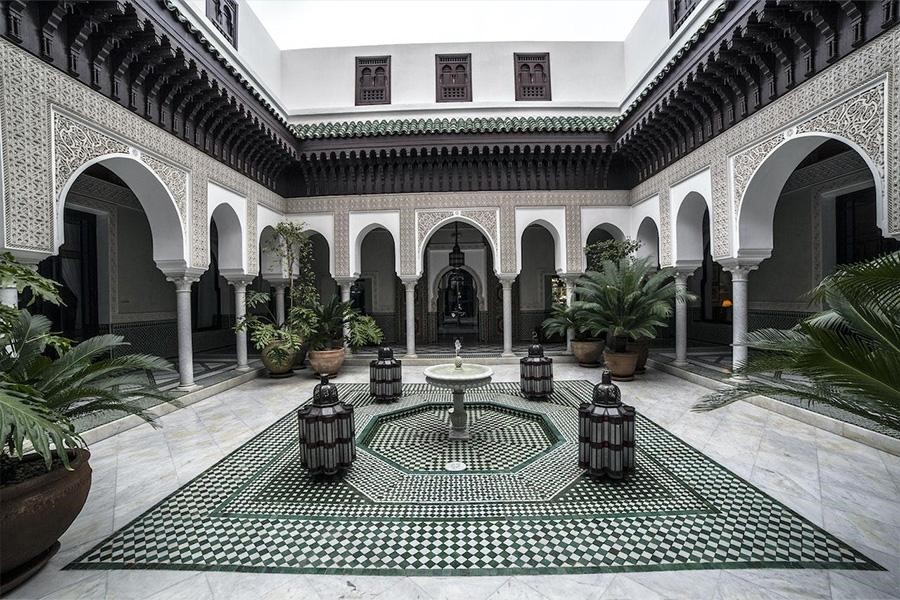
Patio fountains can add beauty, elegance, and functionality to a patio. They’re one of the most famous fountain styles due to their simplicity and versatility. Another factor to consider besides aesthetics when picking out a patio fountain is sound!
Selecting one of these beautiful pieces is wise if you want to offer customers soothing sounds after spending some time outside soaking up rays.
Tabletop fountains
Tabletop fountains are becoming increasingly popular as a fountain design and style choice. Tabletop fountains may not be the best option for larger spaces, but they can significantly add to smaller areas or rooms. Tabletop fountains provide many styling possibilities that work well in homes or offices. What’s more, they’re low-maintenance.
2. Material

When it comes to fountain selection, the right material is perhaps one of the most critical factors. When you think about it, each type of fountain has specific strengths and weaknesses.
For example, metal fountains are great for striking a dramatic and bold presence in any setting. In contrast, marble or granite fountains can be exquisitely beautiful but may require more care than other materials. The following are some of the common fountain materials.
- Ceramic
- Fiberglass
- Cast stone
- Stainless steel
- Metal
- Copper
- Granite
- Marble
- Brass
- Natural stone
You should choose a suitable material to increase sales and give customers what they truly hope for from owning a fountain: the soothing experience. This is true whether you are selling your collection or working with clients who are looking for a fountain to fit into their particular surroundings.
3. Size
The fountain size you select should be based on two primary considerations—how much water it can hold and where it will be placed. Small fountains might fit well in an entryway or near the front door, while larger fountains might stand out more in outdoor spaces or gardens.
You might want to consider indoor fountains with LED lighting effects for customers looking for a lovely sculpture as part of their interior decoration scheme. When choosing a large fountain, consider how your customers will use it and what type of design they prefer.
4. Sound
One of the most important decisions you’ll make when selecting a fountain is what kind of sound it will produce. Choosing a fountain with reasonable sound will create a comfortable environment. A calm and peaceful environment can promote mental health.
Ideally, most fountains should emit low or mid-range tones that won’t bother people trying to sleep late in the morning or watching TV during dinnertime. A more lively fountain might be more suitable for homeowners with children and pets (dogs and cats) making lots of noise.
5. Type of fountain pumps
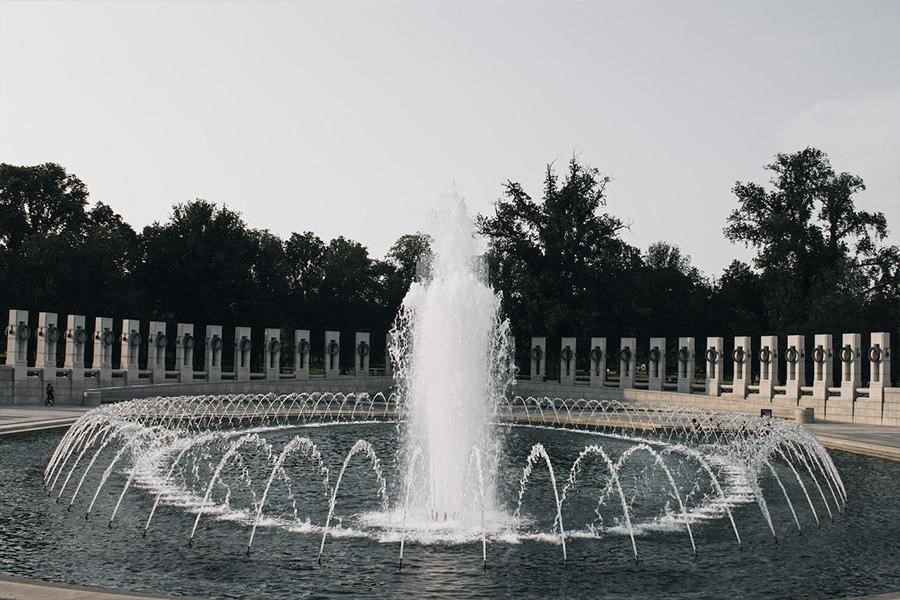
Fountains come with either surface pumps or submersible pumps. Submersible pumps are submerged completely underwater, while surface pumps have a basin on top that collects water and sends it spouting into the air.
Both types of pumps offer unique benefits, and selections should be made based on specific needs or preferences. Consider a submersible pump system for lush flowing streams throughout a garden or yard—drainage is not a problem.
This type of pump doesn’t require any additional infrastructure; it just goes below ground level. On the other hand, the surface pump draws up groundwater under the soil line using powerful motors, then spouts it high into the air using great force.
6. Maintenance
When you’re shopping for a fountain, be sure to consider the frequency of maintenance it will need. Some fountains only require occasional cleaning, while others may require more intensive care, such as annual descaling or repair work.
Maintenance includes cleaning the pump and filter, replacing the water reservoir, or checking the drainage system. Before making any decisions, you must understand the specific needs of the fountain you’re considering buying. When you source high-quality fountains with low maintenance, you can sell them much more quickly and attract more buyers.
Wrapping up
At first glance, there seems to be an infinite number of fountain options available to consumers. However, this is not always the case. Before making a purchase, it’s crucial to consider users’ specific needs and wants. Considering these needs will help wholesalers make the best recommendations.
This article aimed to offer some tips that can steer you in the right direction on your fountain sourcing adventure. It’s hoped that you’ll find them helpful as you work toward building a successful fountain business! Otherwise, explore more information about home improvement to see new and exciting ways you can boost your appeal to customers with the latest trends.
